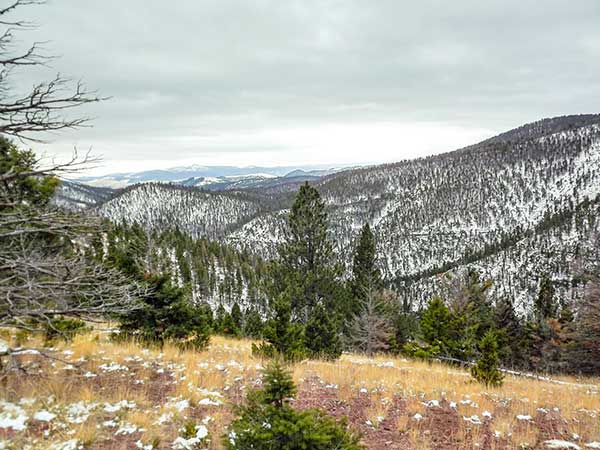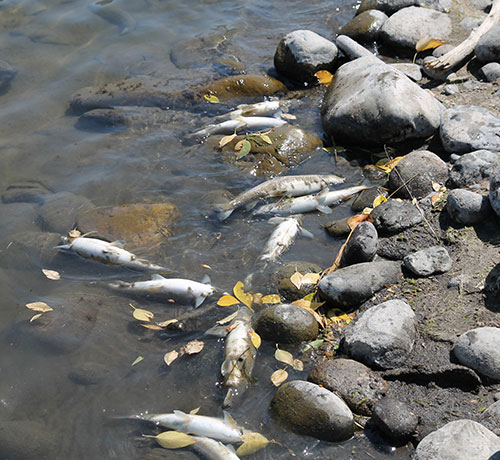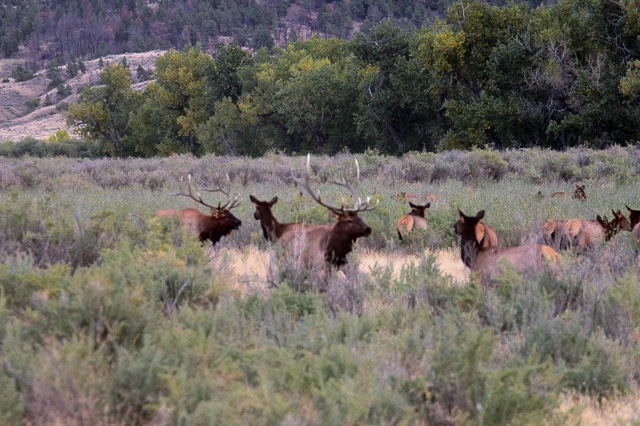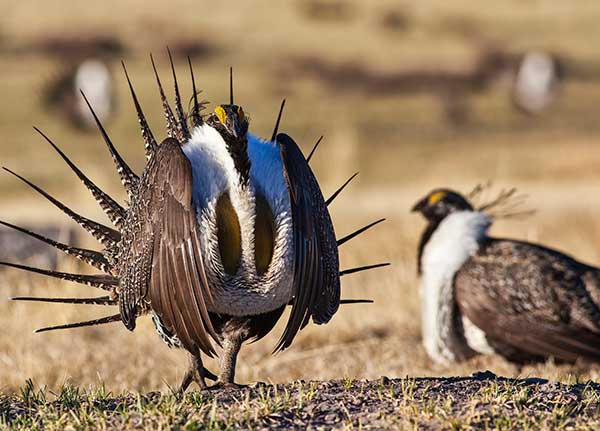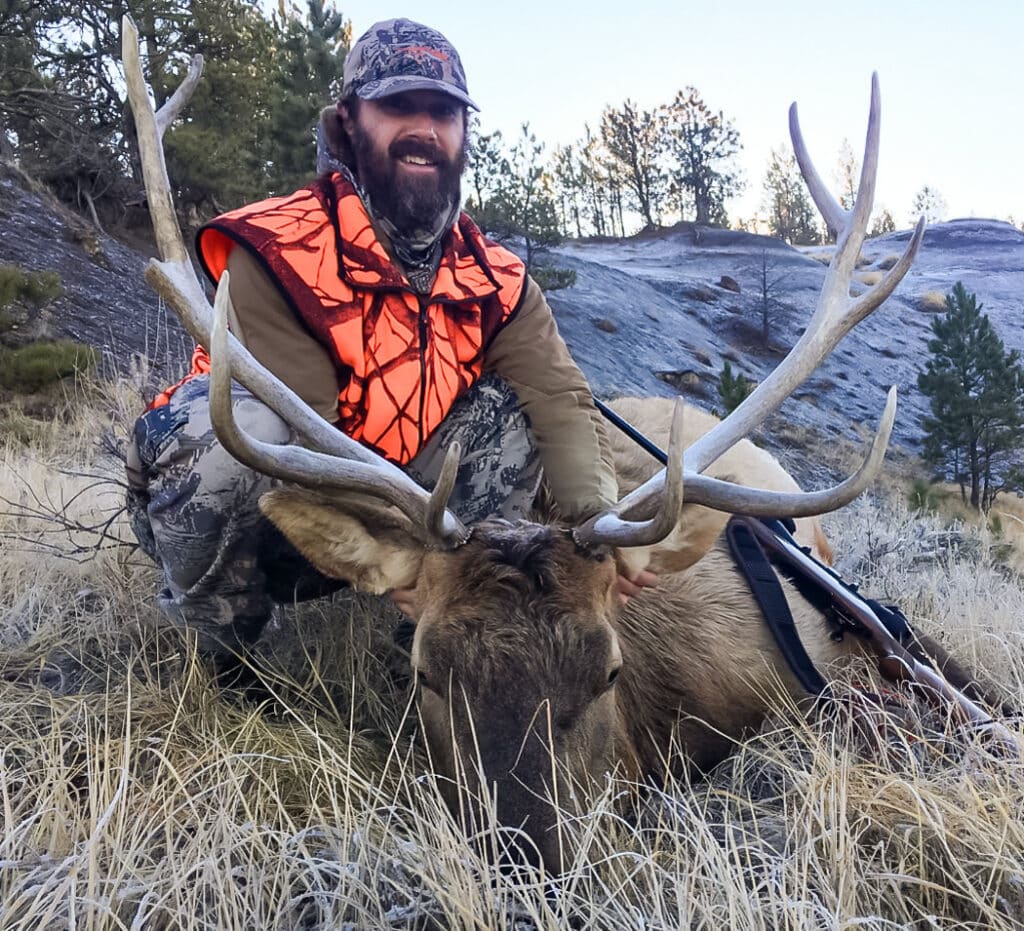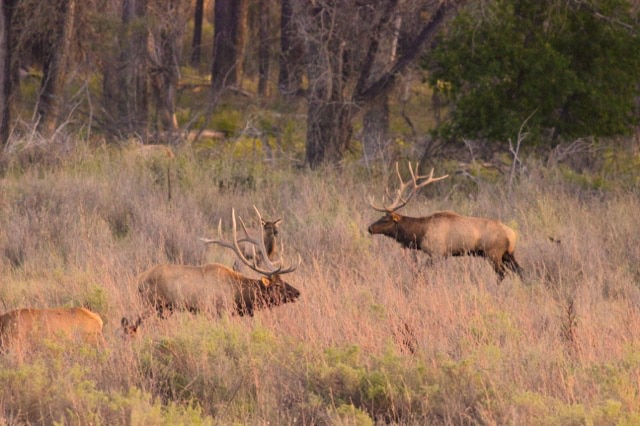
Lewistown, MT – Expenditures from hunting contribute significantly and sustainably to local economies, according to a new study released today by Headwater Economics, an independent, nonpartisan research group.
According to the study, big game hunting in 2015 accounted for nearly $4 million in economic expenditures in four different Fergus and Petroleum County hunting districts, with $3.8 million coming from elk hunting alone. Most of the expenditures by hunters were from HD 410, in Petroleum County, home to some of the larger blocks of prime roadless habitat on BLM land.
All four of the hunting districts include lands the BLM will address in the Resource Management Plan (RMP) the agency is currently working on for the Lewistown Field Office. The RMP will guide how the BLM manages these lands for the next 20 to 30 years. Local hunters, business owners, and conservationists are urging the BLM to keep certain places managed by the Lewistown office as they are, to ensure they remain productive wildlife habitat and a strong contributor to local economies.
“Hunters are filling up at our gas stations, eating in our restaurants, staying in our hotels, and they’re buying guns, ammunition and gear from my store,” says Charlie Pfau, owner of Don’s Store, a sporting goods store in Lewistown. “Like many businesses in our small town, mine largely depends on the public lands right in our backyard, which offers some of the best big game hunting you can find in the U.S.”
The four hunting districts include the Chain Buttes, Horse Camp Trail, and Dovetail Creek areas. Local hunters, business owners, and conservationists are asking the BLM to retain the wild character of these lands by prohibiting development, road proliferation, and resource extraction in these areas, as well as in Blood Creek, Arrow Creek, and Carter Coulee to ensure they too continue to be secure habitat for big game.
“These areas represent some of the most productive ungulate habitat anywhere in North America, and that’s because these areas are largely roadless and undeveloped,” says Bill Berg, a career employee of the U.S. Fish and Wildlife Service and former deputy superintendent of the Charlie M. Russell National Wildlife Refuge. “If we want to continue having big game populations that are this healthy, we need to keep these areas the way they are.”
The Headwaters Economics report shows that Montana Fish, Wildlife and Parks recorded more than 25,000 elk hunter days in 2015 on the four Fergus County hunting districts. Of those days, seven percent overall were represented by non-residents, but expenditures by out-of-state hunters comprised about half the total. The study, which did not include figures for bird hunter days, indicates big game hunting provides a consistent and significant economic impact to the region from Montanans and non-residents alike. Additionally, the study cited research from the American Journal of Agricultural Economics showing that, “protected natural amenities—such as pristine scenery and wildlife—help sustain property values and attract new investment.”
“Our big game populations and wild backcountry are why we live in this area, and now we know they are crucial to our economy as well,” says Doug Krings, a local sportsman and member of the Montana Wildlife Federation. “We can’t urge the BLM enough to pay attention to this report and then make the kind of management decisions that will ensure our big game populations continue to thrive, so we too can continue to thrive.”
Economic Impacts of Elk Hunting In Hunting Districts 410, 412, 417, & 426

